AT&T and T-Mobile Free Roaming
The two carriers have enabled free roaming on their networks meaning their clients can call each other just as they always have had but each phone call will be supported by the network which better operates in their location. This helps Americans and guests of the severely impacted areas to stay in touch. Frankenstorm swept along the Northeast coast and left much destruction. The whole country is now helping those who lost their homes and relatives. You can use hurricane Sandy apps to track it via iPhone and iPad. Actually, AT&T and T-Mobile consumers will not get anything for free during roaming. Their data plans will remain the same but they will not pay for the roaming service if they call via T-Mobile while their device is attached to AT&T [and opposite] which is nice.Are There Any Additional Charges?
As we have mentioned above, these are the two major U.S. carriers. Their networks are based on two standards: UMTS and GSM. Thus it is possible for users to share data and voice traffic between the 2 companies. The phones simply change networks when customers’s current subscribed service’s coverage disappears. The roaming deal between T-Mobil and AT&T is affected by Hurricane Sandy. It is temporary and we have no idea how long this partnership can last since the latest reports say that about one fourth of the Northeast cell towers are still down. Dear readers, stay safe!Recent Blog

Ultimate Guide: How to turn Off Restricted Mode on iPhone?
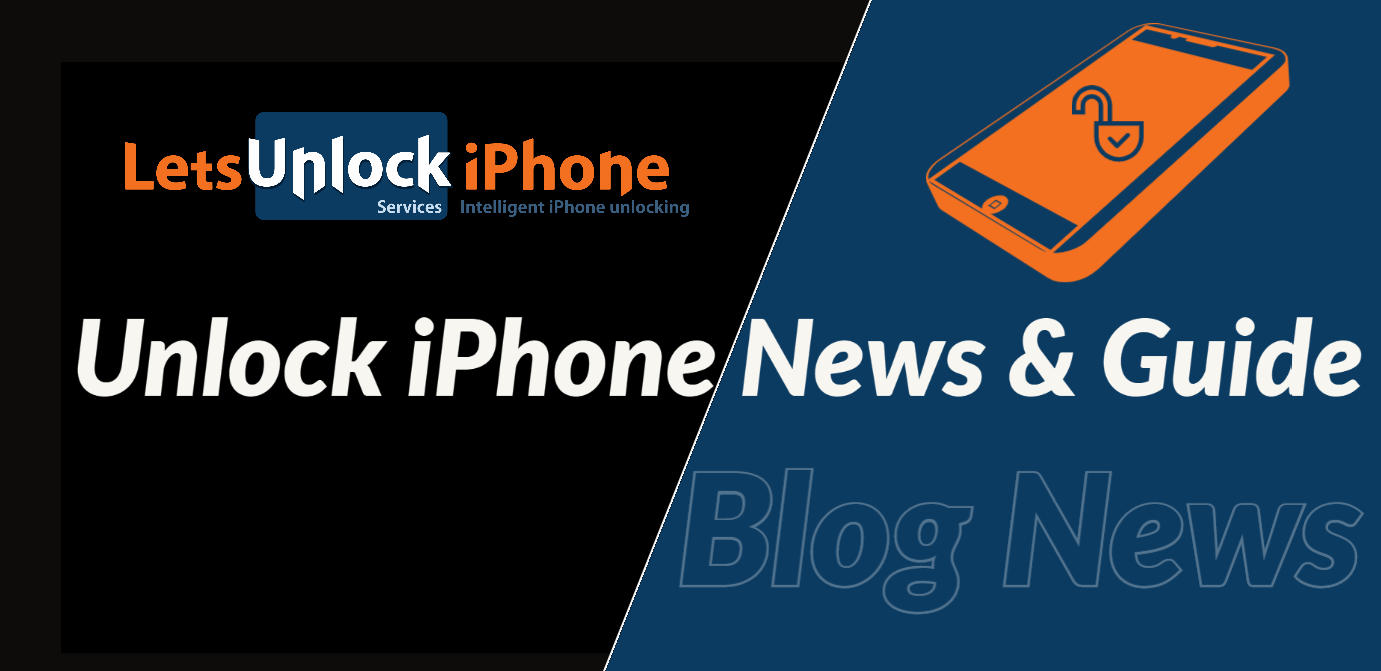
Automate Apple GSX check result obtaining?

iRemove Unlock iPhone 5S, 5C, 5, SE, 4S/4 Software

MacOS High Sierra Features: Set Up Websites in Safari on Mac
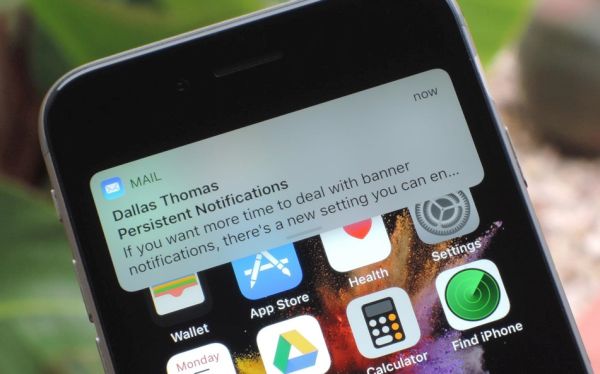
How to Enable iOS 11 Mail Reply Notification on iPhone 7
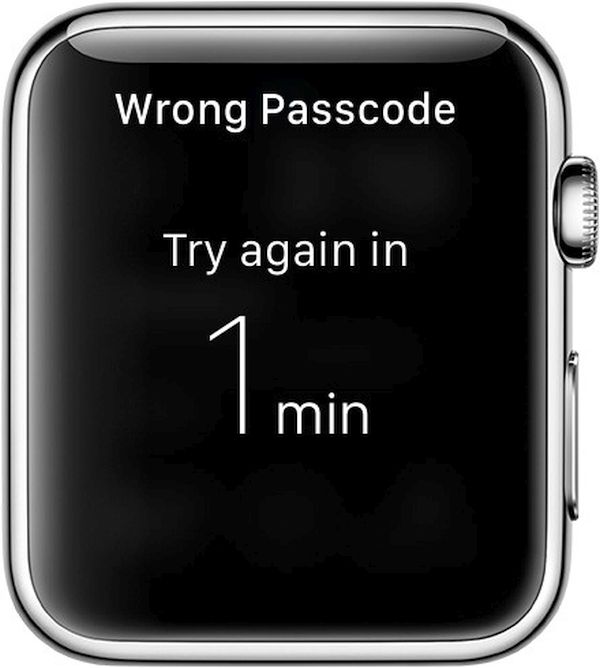
How to Bypass Apple Watch Passcode Problem
LetsUnlock Services List
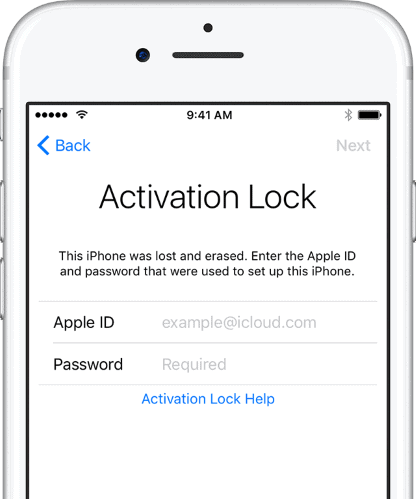
iPhone & iPad Activation Lock Bypass
Use LetsUnlock iCloud Tool to bypass Activation Lock Screen on iPhone and iPad running on iOS version up to 14.6.
Read More
Unlock Passcode Disabled iPhone or iPad
LetsUnlock iCloud Tool is ready to remove Find My and unlock your passcode disable device running on iOS 13.x.x in one click!
Read More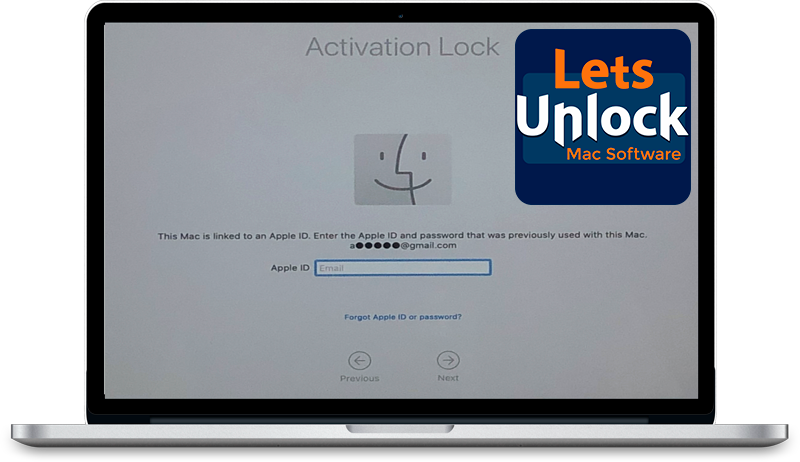
MacOS iCloud Activation Lock Bypass
The LetsUnlock Mac iCloud Activation Lock Bypass Tool will help you to remove Activation Lock on an iCloud locked Mac which is stuck on Activation Lock Screen with no need to enter the correct Apple ID and password.
Read More
Mac EFI Firmware Passcode Bypass
The LetsUnlock EFI Bypass Tool is a one button solution, which you click to start the EFI Unlock process. Bypass EFI with out password! Everything else does the software.
Read More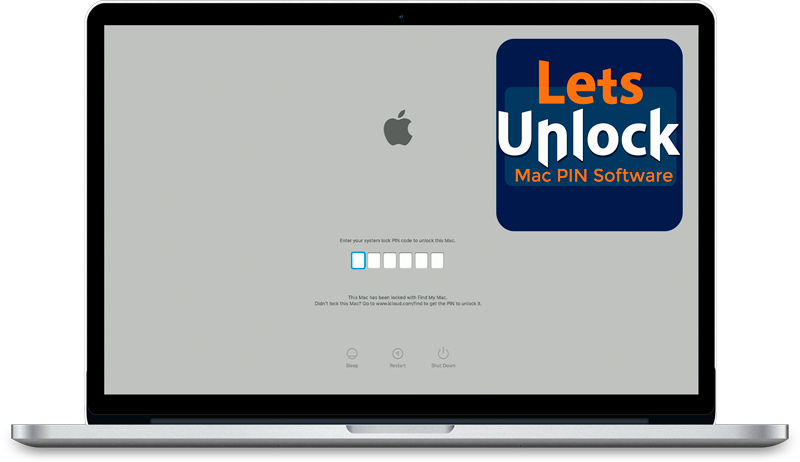
MacOS iCloud System PIN Bypass
The LetsUnlock MacOS iCloud System PIN Bypass Tool was designed to bypass iCloud PIN lock on macOS without passcode!
Read More